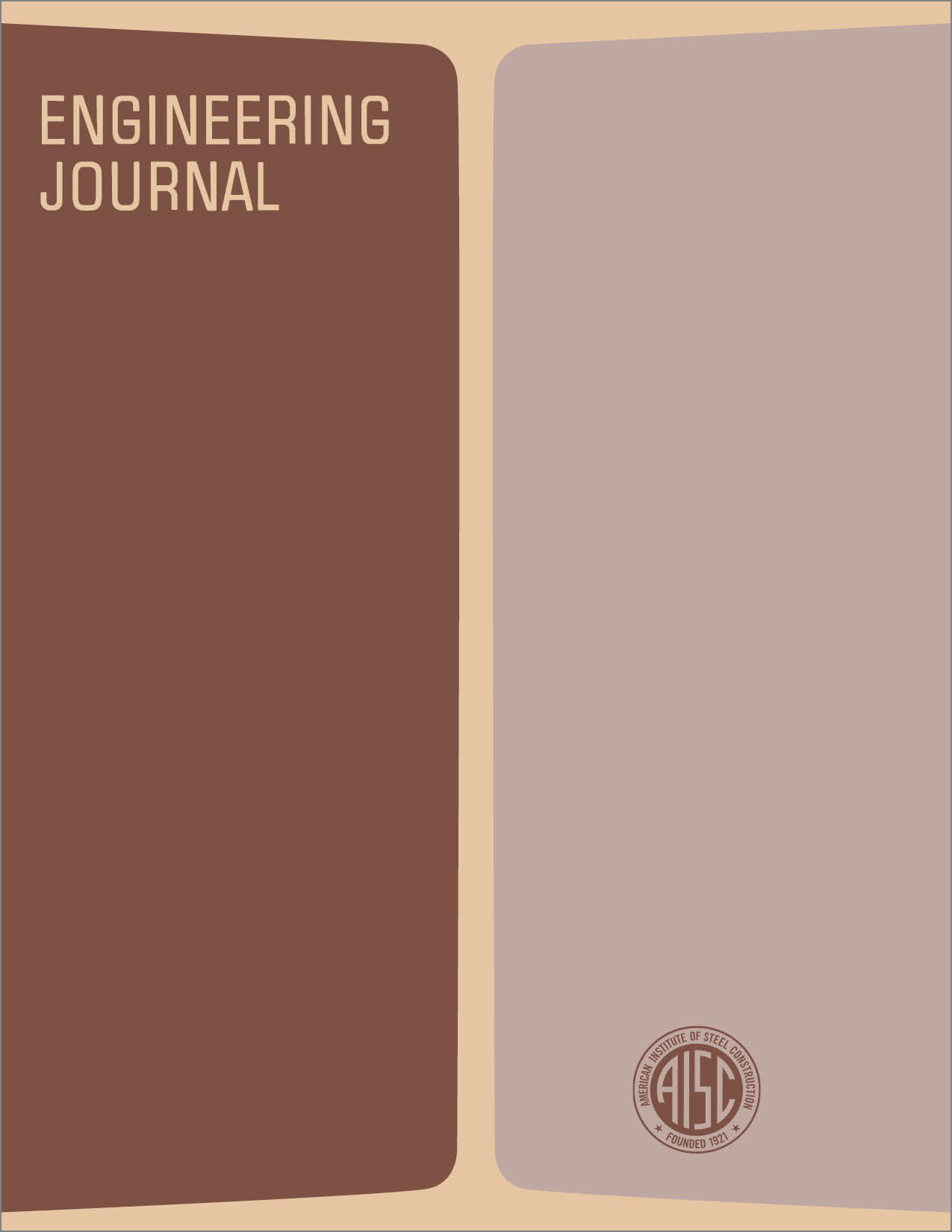A Rational Approach to Fire Engineering Design of Steel Buildings
DOI:
https://doi.org/10.62913/engj.v14i3.293Abstract
At present there is a clear trend in many countries toward developing building regulations containing more functionally based requirements and performance criteria. However, concerning the fire engineering design of buildings, the regulations in most countries are still based upon strongly stereotyped requirements. For a load bearing structure the regulations normally require a certain time of fire resistance according to a standard fire test. It is, however, a well known fact that the conditions during a real fire can differ to a very great extent from these during a standard fire test. The fire resistance time is therefore of rather limited interest if we want to know the behavior and load bearing capacity of a structure during a real fire. Wanting to know this, we must use more differentiated or rational design methods, not based upon stereotyped standard rules, but on physical realities. In 1967 the National Board of Urban Planning, which is the central authority for planning and building in Sweden, took an essential step towards more functionally based regulations in the field of fire engineering design. The Boards standard specifications for that year for the first time clearly pointed out the possibility of carrying through a more differentiated fire engineering design as an alternative to the stereotyped design. A problem in this connection, however, has been the complicated calculations, the lack of data, and the lack of manuals to facilitate the practical design work.

